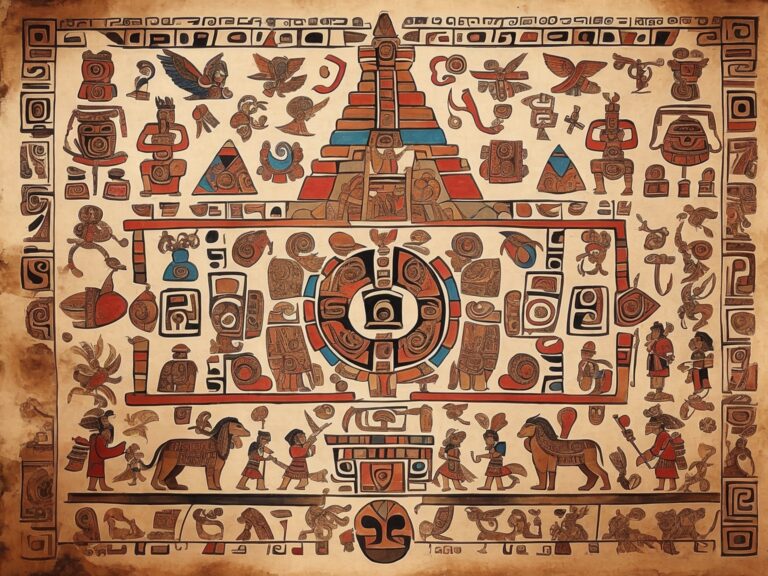The American continent, before European contact, was home to hundreds of tribes speaking over a thousand languages, each reflecting a unique blend of culture, worldview, and wisdom. Languages like the Cherokee, Navajo, Sioux, and countless others were part of the rich linguistic tapestry that characterized the continent. Though the subsequent history was a painful tale of dispossession and cultural eradication, traces of these indigenous languages managed to filter into the emerging English-speaking culture of the New World, thereby influencing modern English in a significant manner. This article will explore the profound influence that Native American languages have had on modern English and how these contributions reflect the larger, shared history of humanity.
Place Names
One of the most visible impacts of Native American languages on English is in the naming of places. Many states, cities, rivers, and mountains in the United States have names derived from indigenous languages. For instance, Arizona is from the O’odham language and means “little spring”, Michigan comes from the Ojibwe language and translates to “large water”, and Kentucky from the Iroquoian term “Kentake” meaning “meadow lands”.
Cities and towns also bear the linguistic footprint of indigenous peoples, such as the city of Chicago which derives its name from a word in the Potawatomi language, “shikaakwa”, referring to a wild onion or leek. The Mississippi River takes its name from the Ojibwe word “misi-ziibi” which means “great river”. Geographic features like the Appalachians, the Rockies, and the Sierra Nevada, too, owe their names to indigenous words and phrases.
Everyday Vocabulary
Beyond geographic labels, there’s a wide range of everyday English vocabulary that traces its roots to Native American languages. Words like “raccoon”, “chipmunk”, “moose”, and “opossum” originate from the Powhatan, Ojibwe, Eastern Abenaki, and Powhatan languages respectively. Similarly, many types of fruits, vegetables, and plants, such as “squash” (from Narragansett), “avocado” (from Nahuatl), “potato” (from Taino), and “tomato” (also from Nahuatl), have names derived from indigenous languages. The same can be said for words like “hammock”, “canoe”, and “tobacco” which come from the Haitian Arawakan, Haitian Taino, and West Indies Cariban languages respectively.
Linguistic Structure and Grammar
While less tangible, indigenous languages have also influenced English grammar and syntax. English, like other European languages, tends to be subject-verb-object (SVO) in its structure, whereas many Native American languages follow a verb-subject-object (VSO) or subject-object-verb (SOV) order. As a result, English spoken in areas with high indigenous populations often incorporates elements of these structures. For example, certain regional dialects in the American South have been noted for their use of SOV order in phrases such as “I the car washed”, which mirrors the structures found in local Native American languages.
The concept of “time” in English has also been influenced. Most European languages have a linear concept of time, with past, present, and future forming a straight line. Many indigenous languages, however, perceive time in a cyclical or more flexible manner. Phrases such as “the other day” or “directly” (used in the sense of “later”) in Southern American English can be traced back to the nonlinear time conception found in indigenous languages.
Cultural Exchange and Evolution
Language is a tool for communication, but it is also a repository of cultural and historical experience. The intermingling of English with indigenous languages was not merely a mechanical borrowing of words and syntax but rather a reflection of deeper cultural exchanges and adaptations. The use of indigenous words in English often reveals a history of interaction, conflict, cooperation, and mutual learning.
For instance, the word “barbecue” comes from the Taino word “barbacoa”, originally referring to a wooden structure on which meat was cooked. The adoption of the word (and the culinary technique) by English-speaking colonists demonstrates a cultural adoption that went beyond linguistic borrowing.
Moreover, the continued use and recognition of Native American words in English serve as a form of cultural preservation. While many indigenous languages in North America are endangered or extinct, their traces in English allow a glimpse into these lost linguistic worlds and their unique ways of perceiving reality.
Conclusion
The influence of Native American languages on modern English is extensive and enduring, as seen in place names, everyday vocabulary, linguistic structure, and the cultural history embedded in language. Though often overlooked, these influences are reminders of a shared past that binds all inhabitants of the continent in a common historical narrative.
They demonstrate that languages are not isolated systems but rather living, evolving entities that grow and change through contact with each other. Native American languages have left a rich imprint on English, shaping it in profound ways and contributing to the linguistic diversity that characterizes the modern world.
The next time you utter words like “chocolate”, “canoe”, or “hickory”, remember that you’re not just speaking English – you’re also speaking a little Cherokee, a little Arawak, a little Powhatan. It’s a linguistic legacy that affirms our interconnectedness and the enduring influence of cultures that, despite historical challenges, continue to shape our world in ways seen and unseen.











